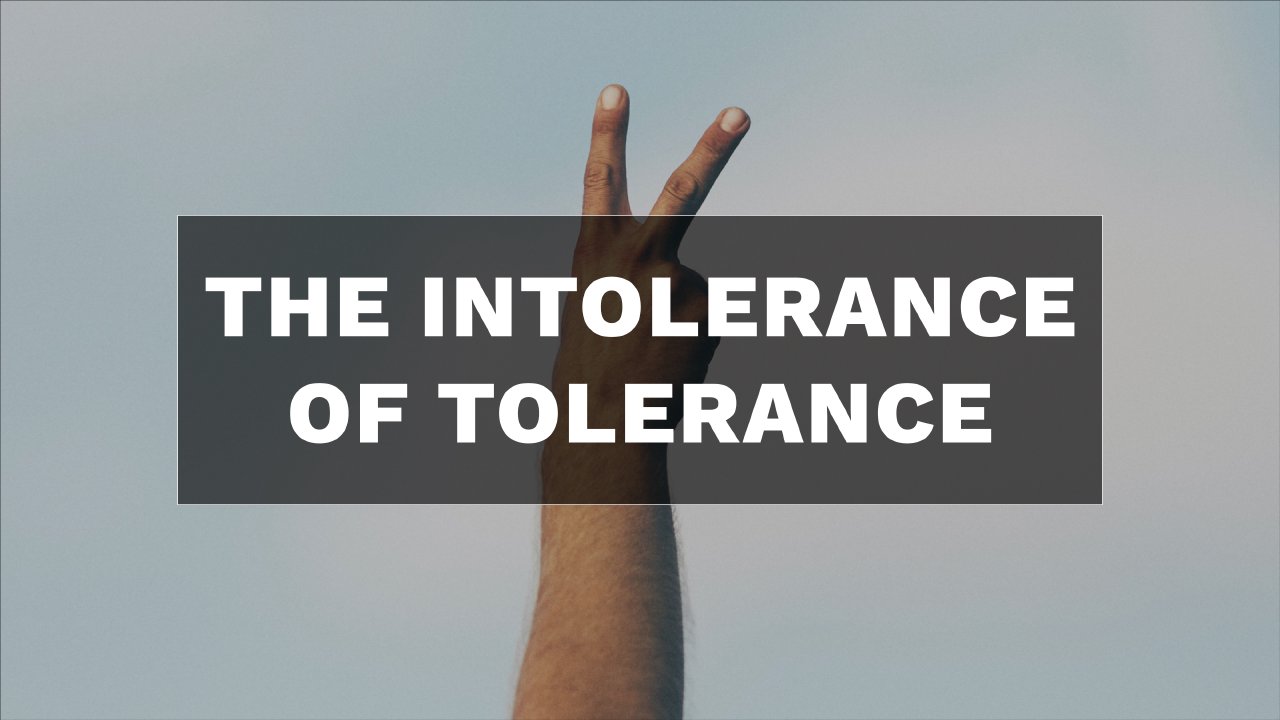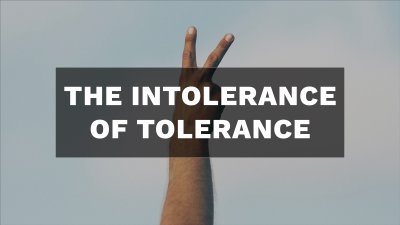True tolerance involves three elements: (1) putting up with (2) a conduct or point of view one disagrees with or doesn’t like (3) while respecting the person in the process.
Notice that we cannot truly tolerate someone unless we disagree with her in some way. This is the crux of the issue. We don’t tolerate people who share our views. There’s nothing to put up with. True tolerance is reserved for those we think are wrong, yet still treat decently.
This essential element of classical tolerance—disagreement (elitism regarding ideas)—has been completely lost in the distortion of the concept. Nowadays if you think someone is wrong, you are called intolerant no matter how you treat her.
This presents a curious problem. One must first think another is wrong in order to exercise true tolerance, yet expressing that conviction brings the accusation of intolerance. It’s a “Catch-22.” According to this approach, true tolerance becomes impossible.
The myth of tolerance forces everyone into an inevitable conflict. Each person in any discussion has a point of view he thinks is correct. Each person thinks that those who differ are wrong. No one ever satisfies the demands of the postmodern definition of tolerance. That is why the “neutrality” of postmodern tolerance is a myth.

True Tolerance Part 2
Greg Koukl
More from
The Intolerance of Tolerance



